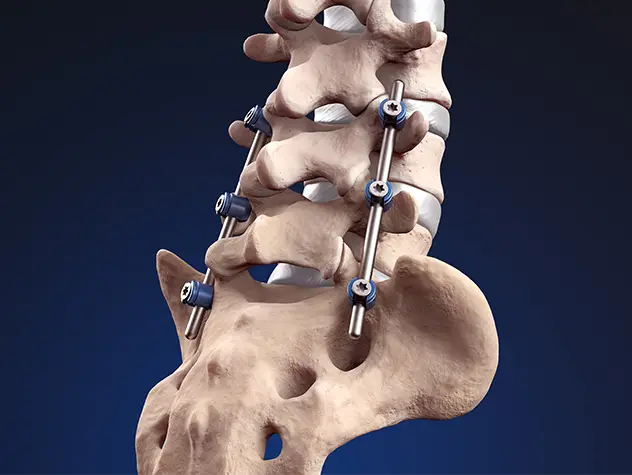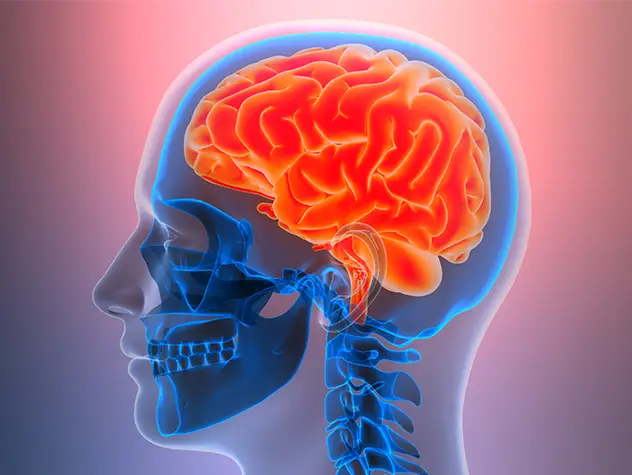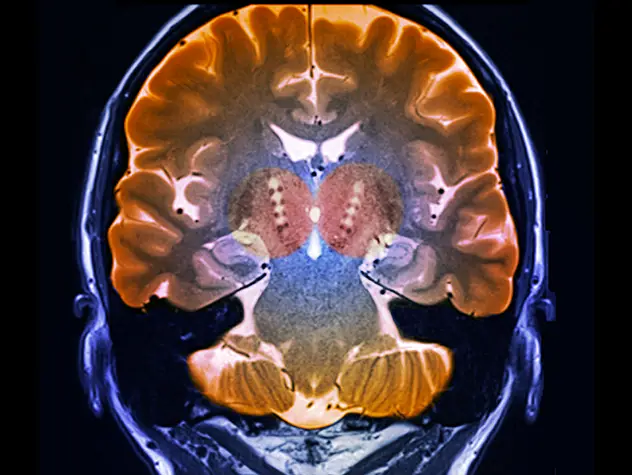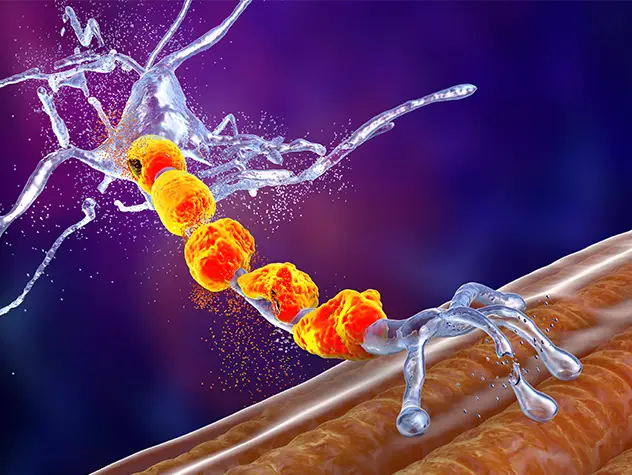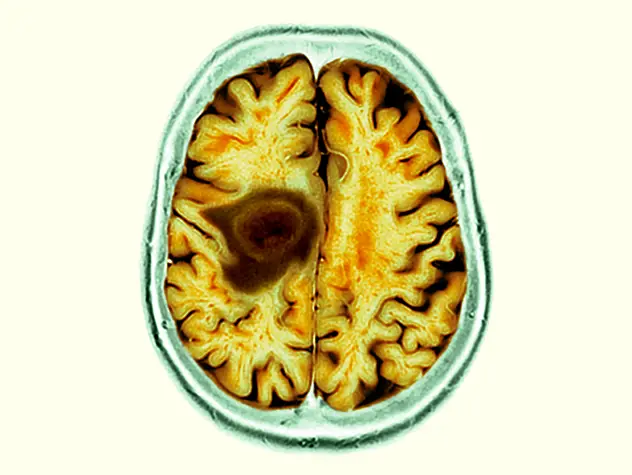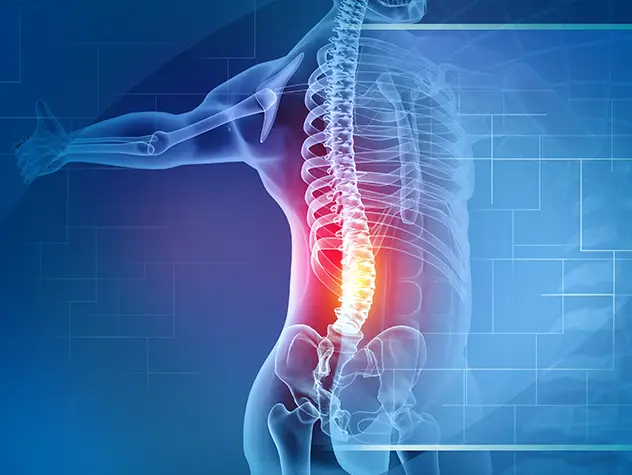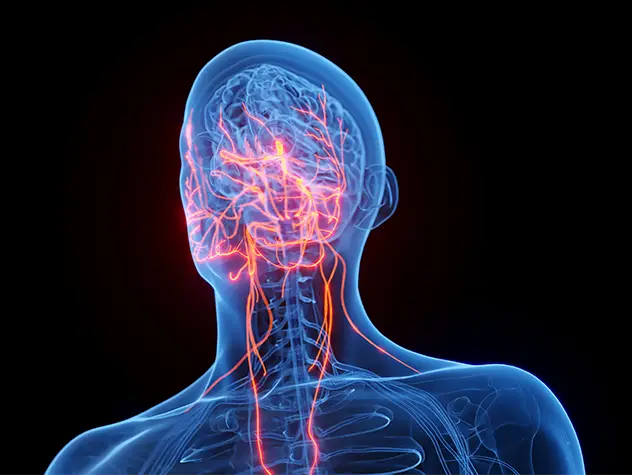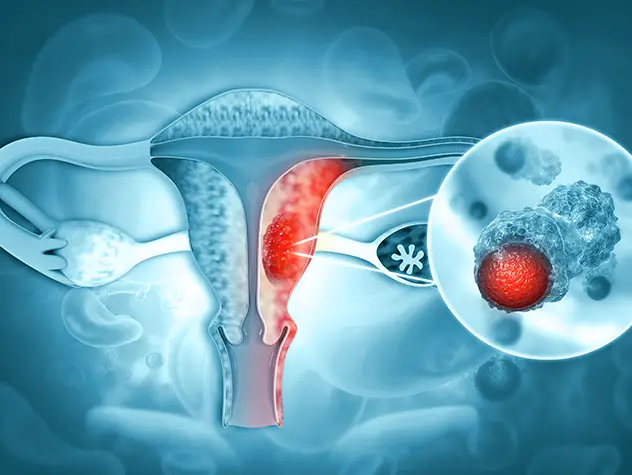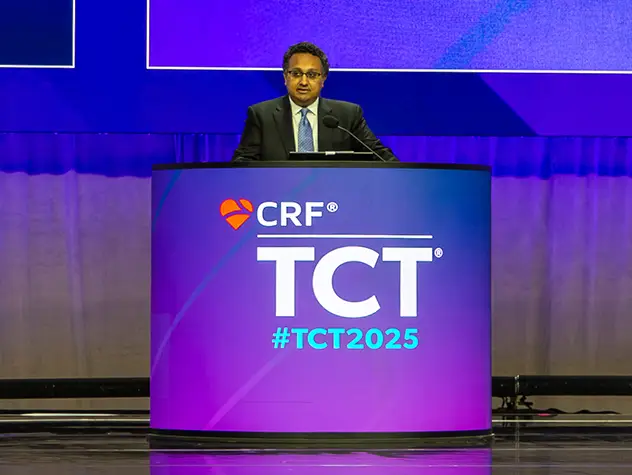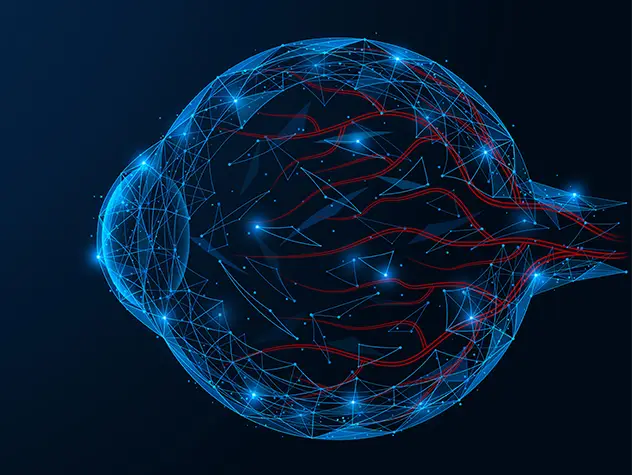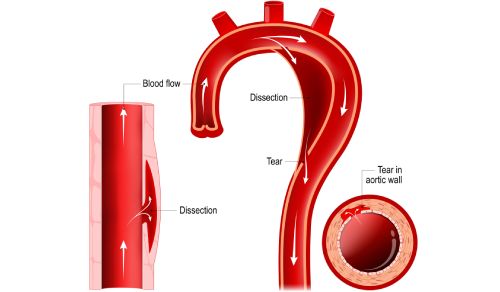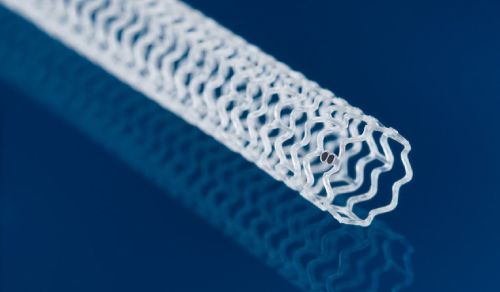From cutting-edge research to compassionate patient practice, neurologists and neurosurgeons from Columbia and Weill Cornell Medicine are at the forefront of developing and applying the most advanced approaches to treat debilitating conditions affecting the brain and spine. With a broad range of focus on neurodegenerative and neurovascular disorders to malignant tumors, our innovative and advanced care is leading to new treatment options and enabling patients to achieve the best possible outcomes.
Neurology & Neurosurgery
Featured Updates
Neurological spine surgeons Dr. Andrew Chan and Dr. Dean Chou are using these newer techniques to provide patients with fewer complications and faster recoveries.
The Latest




